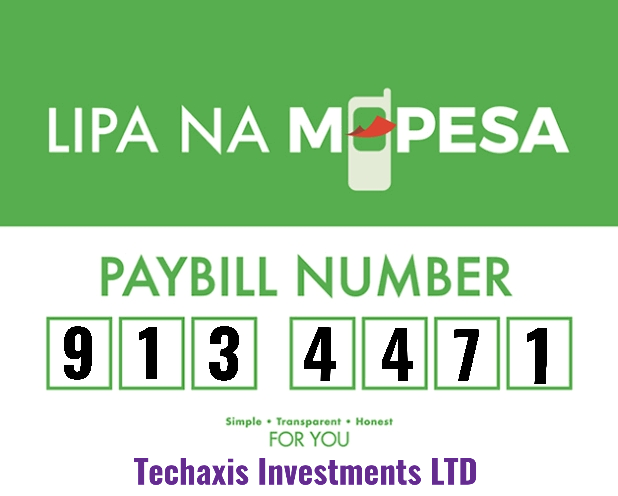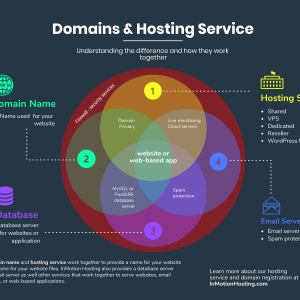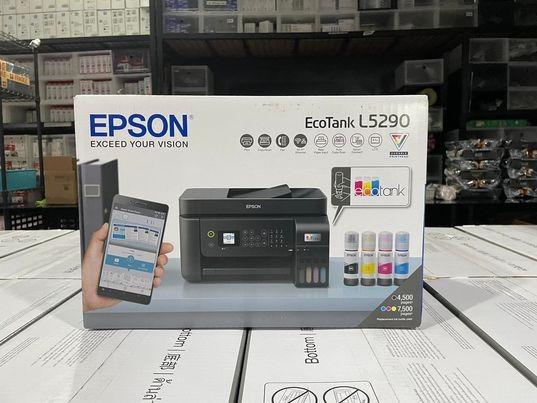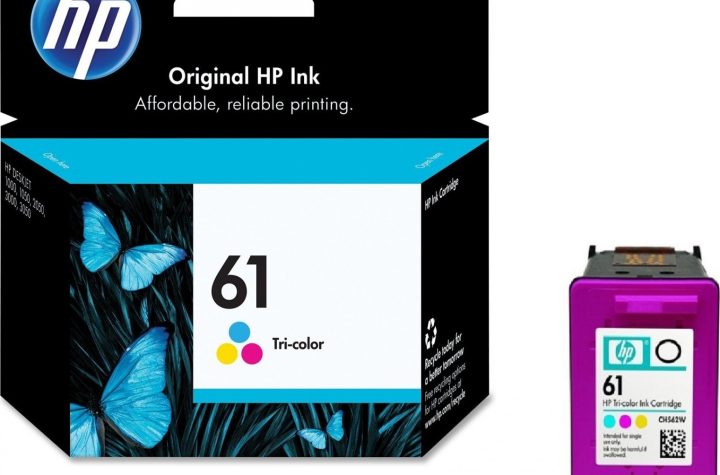Description
Do you know a little about gardening? Content pruning is the same principle as trimming a hedge. You cut away the dead and dry pieces so the healthy branches have room to grow. The same goes for your content!
Content pruning is a form of content maintenance on your website. It focuses on the content that isn’t performing well.
This could mean low traffic or low conversion pages, pages with thin or duplicate content, or posts that are not relevant anymore.
Content pruning aims to get rid of those pages and to (try to) only show your users up-to-date, rich, relevant content. It also has an added benefit: Google likes fresh, unique, high-quality content. So pruning your content is a best practice for SEO.
Quality content matters now more than ever!
Have you heard about Google’s helpful content update? From now on, the quality of your content could have an even bigger impact on how well your pages rank.
Now, making high-quality content isn’t easy. But our Premium SEO analysis and Content Creation can help! It’s just as smart as Google: it will recognize various word forms of your keyphrase and allows you to optimize for related keyphrases and synonyms. So you can create rich and helpful content for your site or people in a natural way and improve your rankings!
Why should you prune your content?
Content pruning means cutting away low-traffic content, so your other content has more room to shine. You will improve the quality of your content and your website, which could improve your rankings. But there’s more:
- Most importantly, having high-quality content on your website will also improve your users’ experience when they browse your site. You don’t want them to land on pages about services or products you don’t offer anymore or outdated business information.
- Even old content gets crawled super frequently by search engines and other bots. This costs money and energy resources: things you don’t want to waste! So please help them by removing those pages that aren’t worth the crawl.
- It will help prevent content cannibalizations: if you’ve been writing for a long time, you’re bound to have created content similar to what you’ve written before. If you have many similar articles on a particular topic, Google might find it hard to determine which of your articles to rank for that topic. This could lead to overall lower rankings for that term.
- Regular content pruning will give you as a site owner a more relaxed feeling. Having loads of old content on your website can feel like a burden, and you can lose track of all you have. It puts your mind at ease to know your users won’t land on outdated information, and you won’t be missing out on business opportunities just because people landed on the wrong page. This will help you focus on the things that matter most for your business!
As you can see, content pruning is a win-win for everyone. So how do you get rid of old and thin content intelligently?
The content pruning process
There are several ways to go about this. Here we’ll elaborate on some approaches:
Gathering data and creating an overview
Typically, most people start by creating an overview of all your content and how it’s performing. An Excel file or Google spreadsheet should work.
You can export the URLs of your pages and posts from Google Search Console or Google Analytics along with some of the data you want to base your decisions on. But you shouldn’t just consider Google Analytics data like page views, page value, or bounce rate.
Other data that you should consider are, for instance, the number of external and internal links pointing to that post. Or, if you share this post in your newsletter on social do you know that it leads to lots of shares, engagement, or even sales? This might not be visible in your data if you haven’t shared it lately, so beware!
Goals and criteria
It’s good to have clear criteria for determining if a page meets the goal: did you create it to rank? Find out if it ranks, for which keywords, which position, and the CTR.
Did you make it to spotlight a product? Obviously, one of the most important things you’ll be checking is how this page converts or the page’s value.
So, for every page, think about: what’s the goal of this page, and does it meet the criteria I’ve set for that goal. If it’s not meeting the goal, should I improve the page, or do I have an alternative page that does meet the goal. Or, is this goal still relevant for my business?
This exercise can be overwhelming if you have loads of content and you are working with a spreadsheet. In that case, it might help if you focus on specific topics necessary for your business.
Make sure you get all the content on a particular topic in a spreadsheet and the data on how that content performs. This will help you prune your website in smaller steps – more small achievements to celebrate! It might even lead to better results on that particular topic sooner.
Internal linking / orphaned content check
A good starting point to prune your content is checking the number of internal links a post or page has. Content with no internal links pointing to it is called orphaned content.
Why is this a good starting point? Well, if you didn’t link to a post after you’ve written it, chances are:
- it was a very timely thing (a small announcement, something news-related)
- it wasn’t such a great post after all;
- it doesn’t get a lot of traffic (anymore) unless it did get a lot of external links;
- it doesn’t rank high unless it got many external links.
All good reasons to check whether you should keep this post or get the pruning shears out of the barn!
Engage us to help manage your content and terminate what is loading your website.
Pruning content: improve, remove or hide?
But how do you decide what to do with a post? As said, take a look at the goal of the page. Then decide whether improve, remove or hide. Here are some examples to make it easier:
- Improve: content you’ve forgotten about but has great potential. You wrote a high-quality blog post a while ago, but you’ve forgotten because of other priorities. Perhaps it’s ranking on page two for a term you’d like to rank for. This is the time to update and improve it, add the latest developments in this topic, or enrich it with great examples, illustrations, or a video. And don’t forget to add internal links to it from the related content. In the third step, our SEO workout will give some suggestions for pages to link from, which is super easy. And if you’re proud of your work, share it again on social and in your newsletter!
- Remove: old announcements of, e.g., events, topics that were once relevant but no one cares about anymore, posts or pages on topics that you’ve written richer and more up-to-date content for. In the latter case, you might want to check whether there are valuable pieces in the article you’re about to remove. Consider merging those into the preferred article before you start trimming too enthusiastically! And, if you remove a post, dont forget to redirect the URL to the better equivalent. Otherwise, your audience will land on a non-existing page, which is a disappointing and frustrating experience
- Hide: a landing page that is tailored to a particular audience that could compete with a more general post on the same topic in the search engines. And you want to keep it because you want to direct part of your audience to it with a specific purpose. Or a yearly recurring sales post. You might want to hide this kind of content from the search engines to avoid confusing them. If you choose noindex in the workout, Yoast SEO will add a noindex tag to the page so it won’t be shown in the search results.
Improve the quality of your content
To recap: Content pruning is a useful (not to mention satisfying) way to improve the quality of your website. By looking critically at your existing content, you’ll figure out what needs to be done to improve your low-performing content.












Reviews
There are no reviews yet.